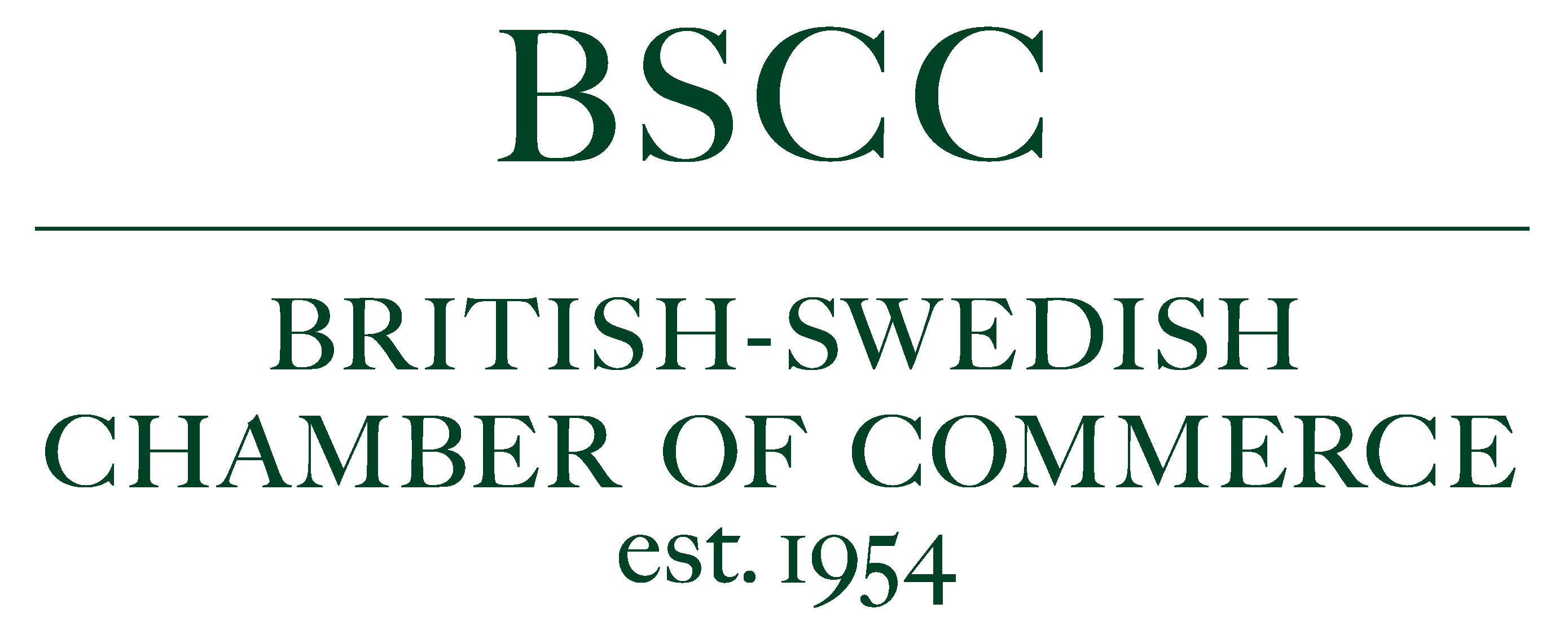Trends with: Emma Berglund Uväng
What trends have you seen within your line of business?
Most people thought that the pandemic would lead to a lot of work for insolvency lawyers. However, this was not the case. According to statistics from UC (www.uc.se/konkursstatistik), in 2021 bankruptcies were down 12 % compared to 2020 and in July 2022 bankruptcies reached the lowest level in ten years. The main reason for the low number of bankruptcies during the pandemic is that various support measures provided by the state have given the companies a positive liquidity impact. This support has probably also had the effect that companies that under normal circumstances would not have survived, did so thanks to the state support.
In August 2022, after the pandemic, we could see a first rise in the number of bankruptcies with an increase of 14 % in relation to August the year before. In October 2022 the increase was a whopping 34 % compared to the same month the year before.
What is the reason behind this increase? There are several different factors influencing the numbers. One contributing factor is the high interest rates and rising energy prices. Inflation and the lack of goods due to the turmoil between Ukraine and Russia also have an effect. These factors have resulted in higher prices and reduced spending power for consumers. Furthermore, companies in lack of profitability have problems finding funding going forward. What may further exacerbate the difficulties for many companies is that the temporary deferrals announced by the Swedish Tax Agency will expire and amortization will begin. This will have a negative liquidity impact for many companies.
On the positive note and in timely connection with Sweden most likely entering a recession, a new law on company restructuring entered into force on 1 August 2022. The law is based on EU directives and contains several innovations in relation to the old legislation. Among other things, higher demands are placed on the persons appointed as administrators and the company applying for restructuring is required to pass a viability test. The new law can be described as a Swedish version of Chapter 11 in the US Bankruptcy Code and the restructuring plans may contain much more than just a debt write-down. This will hopefully be an effective tool for companies in distressed situations.
What would be your advice to companies facing financial uncertainty?
My advice to a board member who discovers that the company has financial problems is to consult an insolvency lawyer at an early stage. Companies that seek advice early on often stand a better chance of finding a solution for the survival of their business. Cautiousness is also important so that the board members do not suffer from personal liability for either due taxes or due to the rules on special balance sheet for liquidation purposes.
It is not yet certain whether we will see a tsunami of bankruptcies around the turn of the year, but we can probably count on a continued increase in the number.

